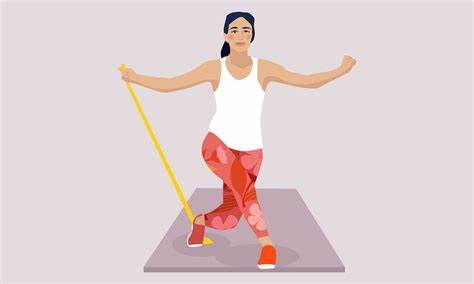Therabands
- Circle Creek Therapy
- May 28, 2024
- 1 min read
Updated: Jul 30, 2024

Therabands, also known as resistance bands, are commonly used in physical therapy sessions for several reasons:
Versatility: Therabands come in various resistance levels, colors, and lengths, making them versatile tools for physical therapists to tailor exercises to individual needs and abilities. They can be used for both upper and lower body exercises.
Progressive Resistance: They provide progressive resistance, meaning the resistance increases as the band is stretched. This allows for gradual progression in strength training, which is important in rehabilitation and physical therapy to prevent injuries and promote muscle growth.
Functional Movement Patterns: Therabands can mimic functional movement patterns, helping patients to improve strength, flexibility, and coordination in ways that are relevant to their daily activities or specific sports.
Low Impact: They offer a low-impact form of resistance training, which is beneficial for individuals recovering from injuries or with joint pain. Therabands can provide resistance without putting excessive stress on the joints, making them suitable for a wide range of patients.
Portability: Therabands are lightweight and portable, making them convenient for use in various settings, including clinics, homes, and gyms. This allows patients to continue their exercises outside of therapy sessions, promoting consistency and adherence to their rehabilitation program.
Cost-effective: Compared to traditional gym equipment, therabands are relatively inexpensive, making them accessible to both healthcare facilities and individuals for home use.

Overall, therabands are valuable tools in physical therapy sessions because they offer a safe, effective, and adaptable means of improving strength, flexibility, and functional movement for patients undergoing rehabilitation or injury prevention programs.
If this item interests you, visit Amazon Therabands to buy a pack.


Comments